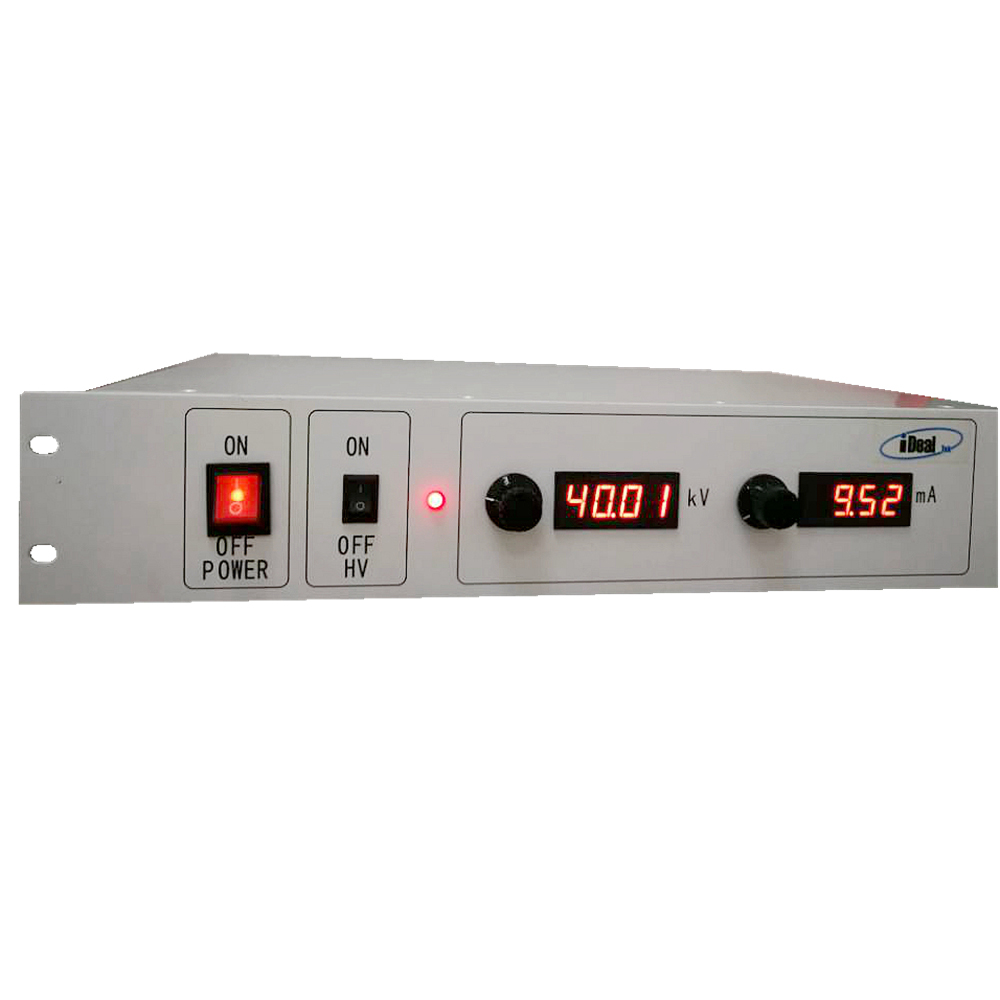Analysis of the development direction of key technologies of Micro LED
According to the latest report of the 1Q17 Micro LED next generation display technology market member report, the key technology development direction of Micro LED covers four major aspects, including epitaxial and chip technology, transfer technology, bonding technology (Bonding), colorization scheme and so on.
Transfer technologyTaking physical grabbing as an example, LuxVue takes the form of electrostatic adsorption of tiny components. The chemical grabbing is represented by X-Celeprint, using the Elastomer Stamp as a medium, and using Van der Waals force for grabbing. In addition, there are many vendors that develop a variety of crawling methods.
Another core technology for film transfer is how to select the micron-level film epitaxy that you want to capture. For example, most of the size of the grabbing force is used to control the target to be selected, such as the aforementioned electrostatic force. Or Van der Waals, and choose different levels of energy for the target you want to capture. In addition, SONY also uses laser cautery to select specific target targets.
Finally, it is generally used to connect the internal circuit of the LED chip with the substrate and the circuit to conduct before the package. However, since the chip of the Micro LED is too small, there is no way to use the general metal wire bonding method to bond with the substrate, so other methods are needed to assemble the substrate. Therefore, the future development of technology is focused on what materials to use for bonding and transfer.
High Voltage Laboratory Power Supplies
The LTP series laboratory high-voltage power supply is a high-voltage power supply specially designed for high-voltage laboratory applications with high precision, high stability, and low ripple output characteristics. Built in 19 inches, 2U standard chassis with designed output power at 1KW and output voltage ranges 1KV to 60KV.

After optimizing the output stability and output ripple on the basis of the 1KW high-voltage power module, the stability and ripple of the high voltage lab power supplies can reach the level at 0.1%.
The high-voltage laboratory power supply is also a constant-voltage and constant-current type high-voltage power supply. The output voltage and current can be continuously adjusted from 0 to the rated value via the added control potentiometers added to the front panel, high resolution LEDs display for output KV and mA are also added for intuitive measuring of high voltage laboratory bench.
The lab high voltage power supply is also equipped with DB9 interface as standard. Customers can apply 0-10V signals and dry contact signals to the interface according to our interface definition to achieve comprehensive control and monitoring functions on the power supply, like high voltage start / stop, output setting and reading.
The LTP series laboratory high voltage power supply is equipped with complete protection functions, which can deal with sparking, short circuit, overload, load discharge and other situations.
At present, the high-voltage laboratory power supply is mainly used in Laboratory power, High-voltage test stands, Electrostatics, Capacitor / Insulations testing and Electrophoresis applications.
High Voltage Lab Power Supplies, High Voltage Laboratory Power Supplies, High-voltage Lab Power Supplies, Laboratory High Voltage Power Supplies, Lab High Voltage Power Supplies
Yangzhou IdealTek Electronics Co., Ltd. , https://www.idealtekpower.com